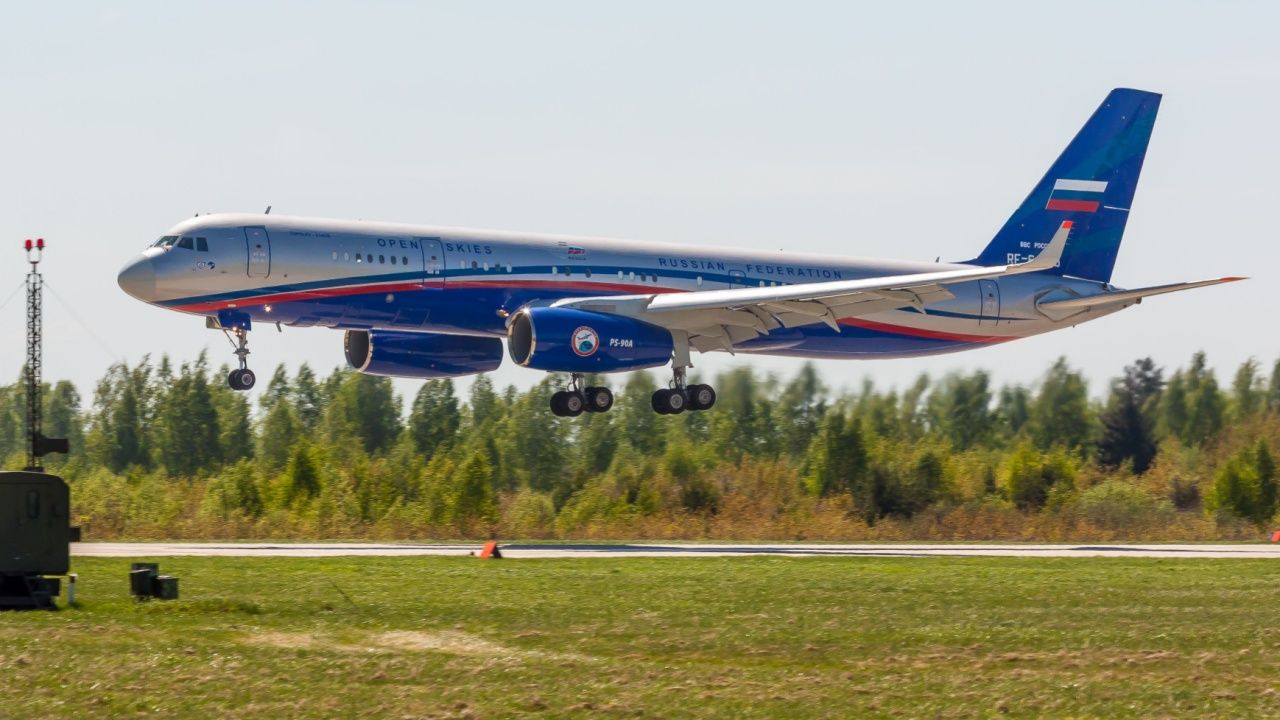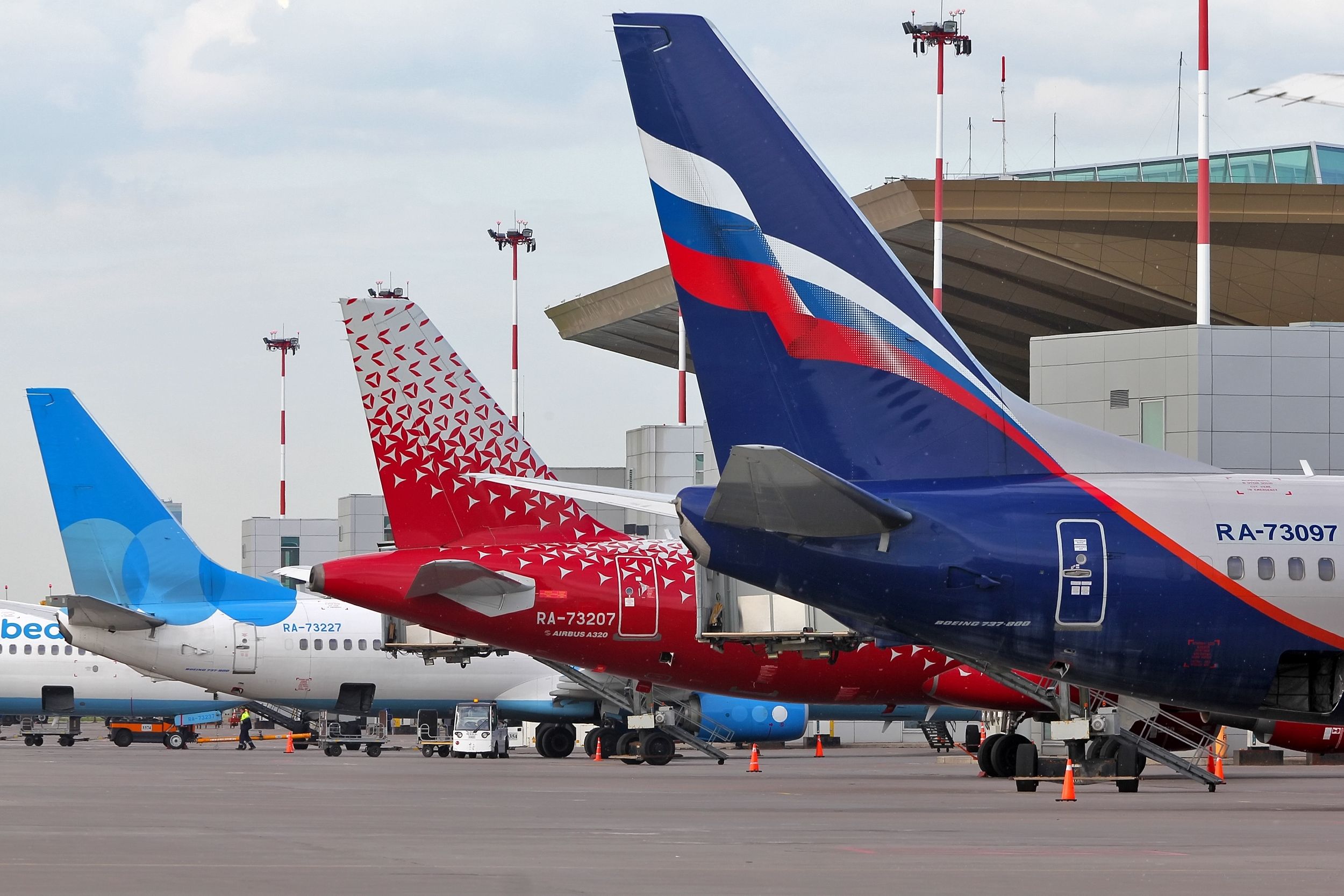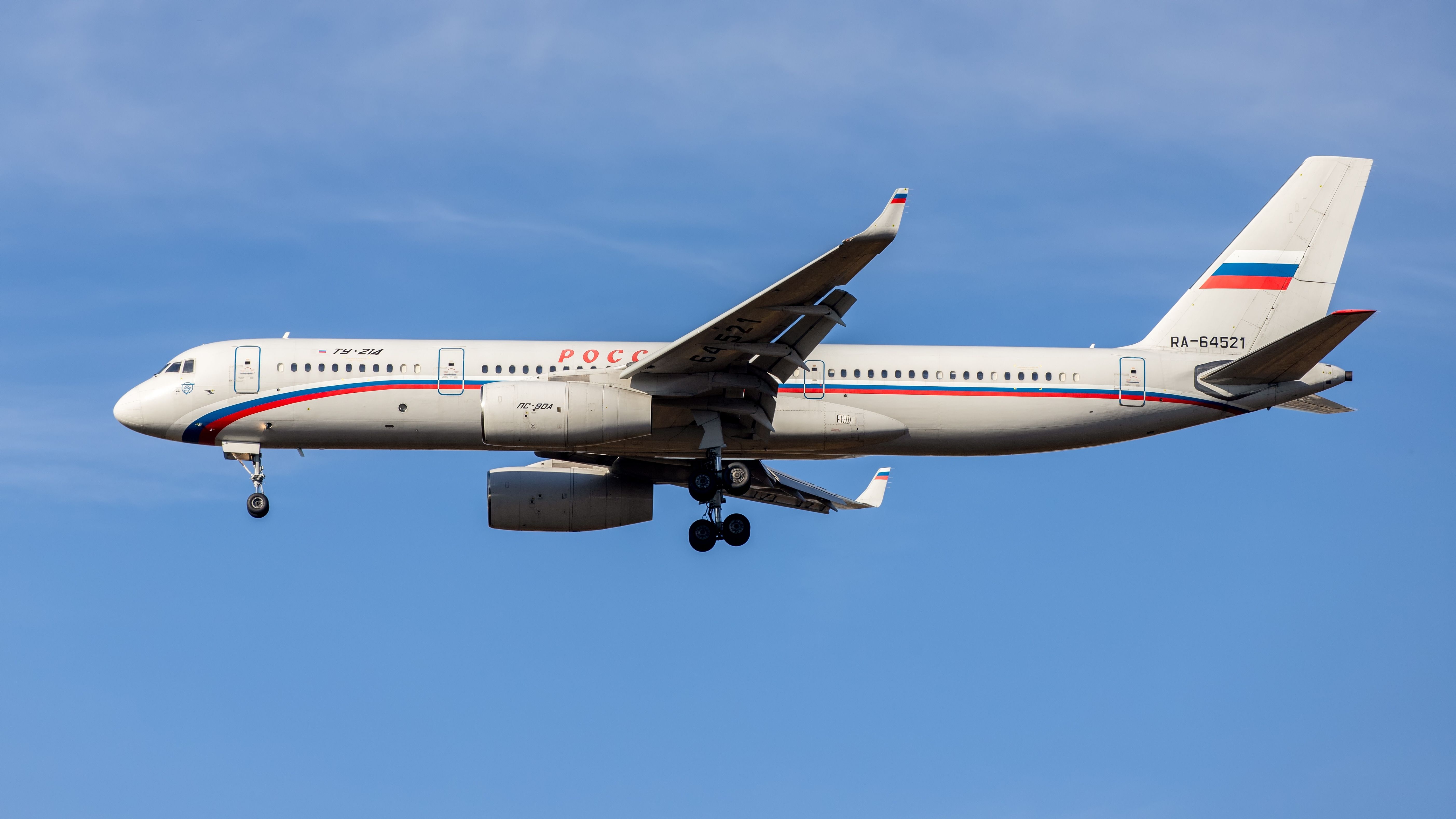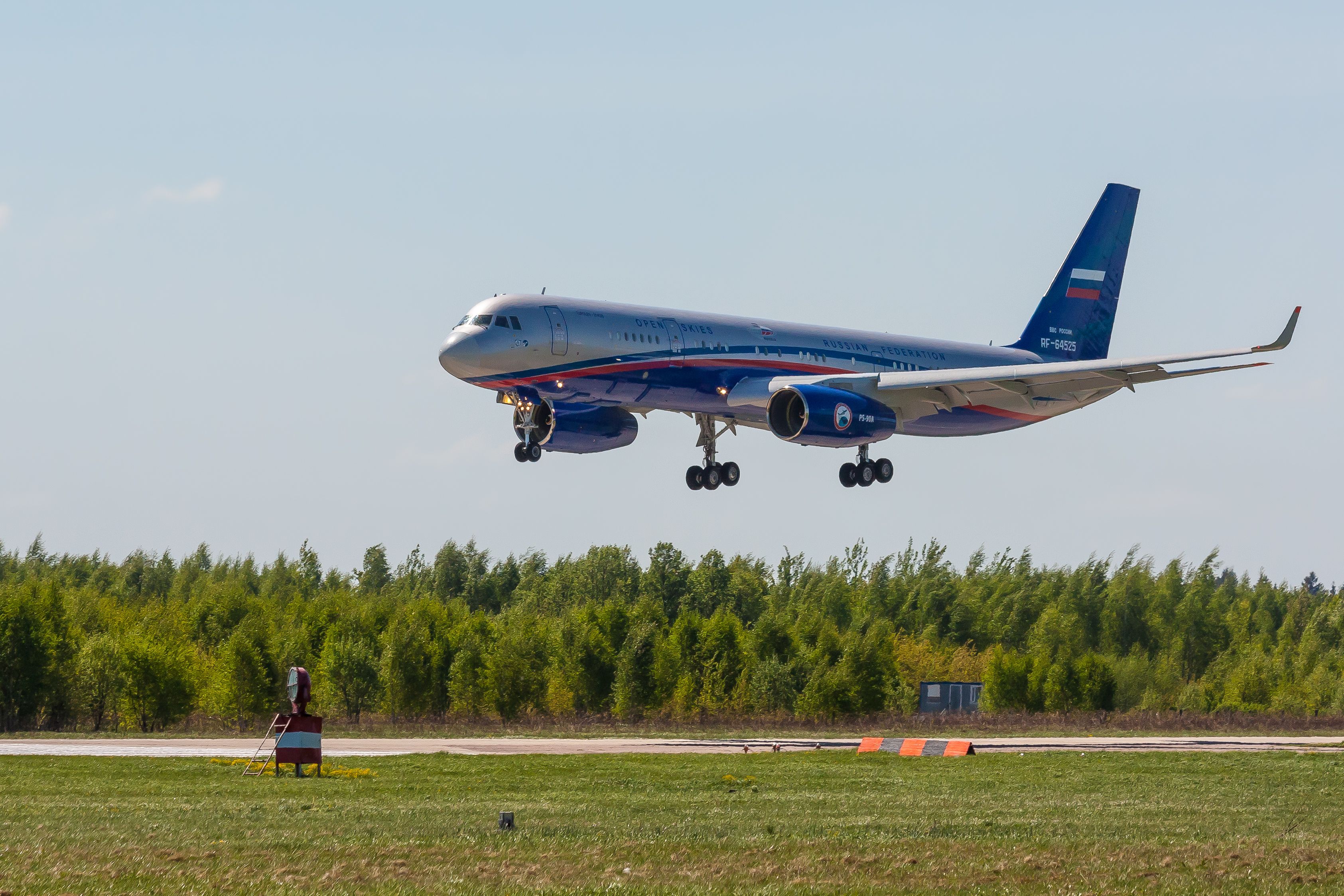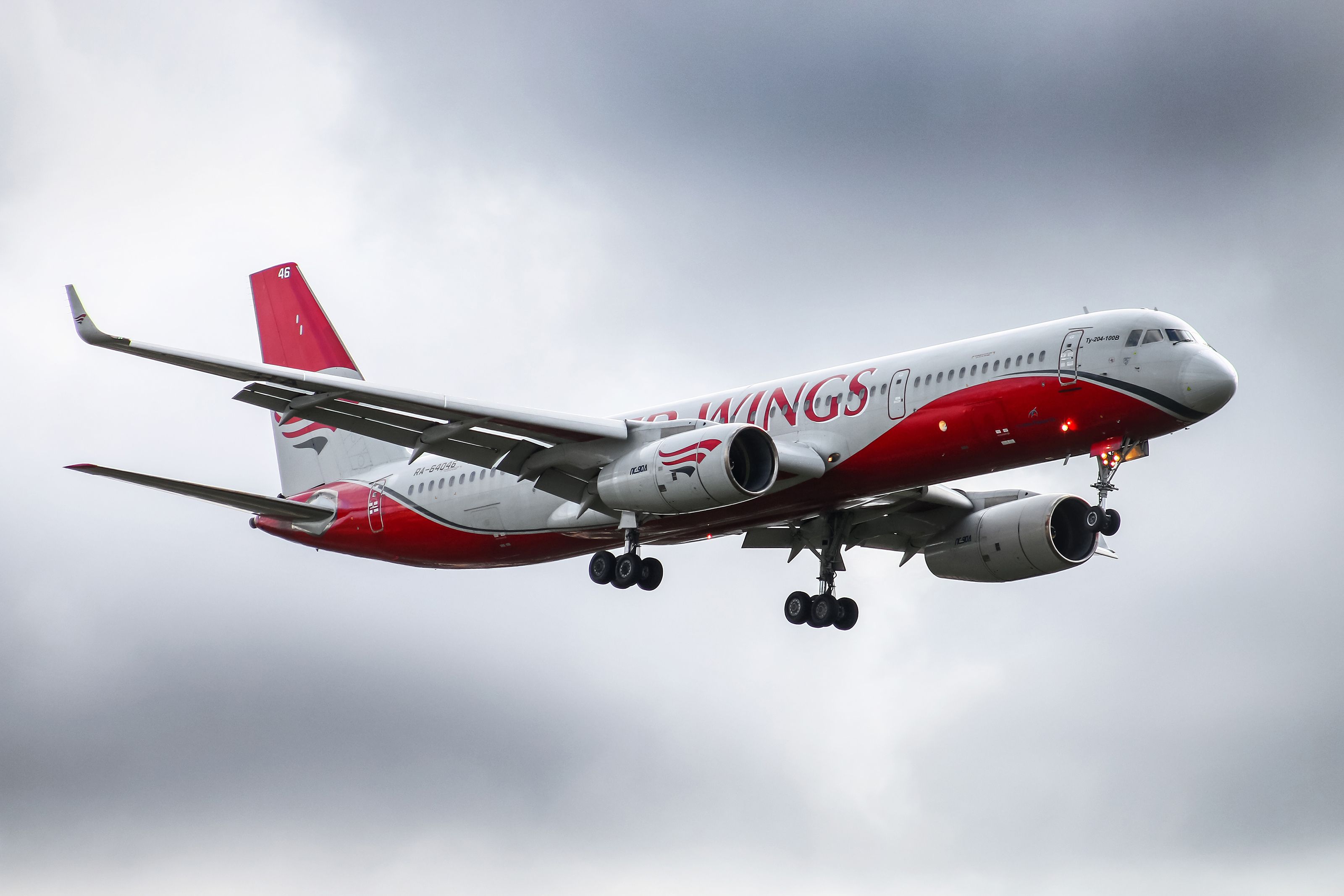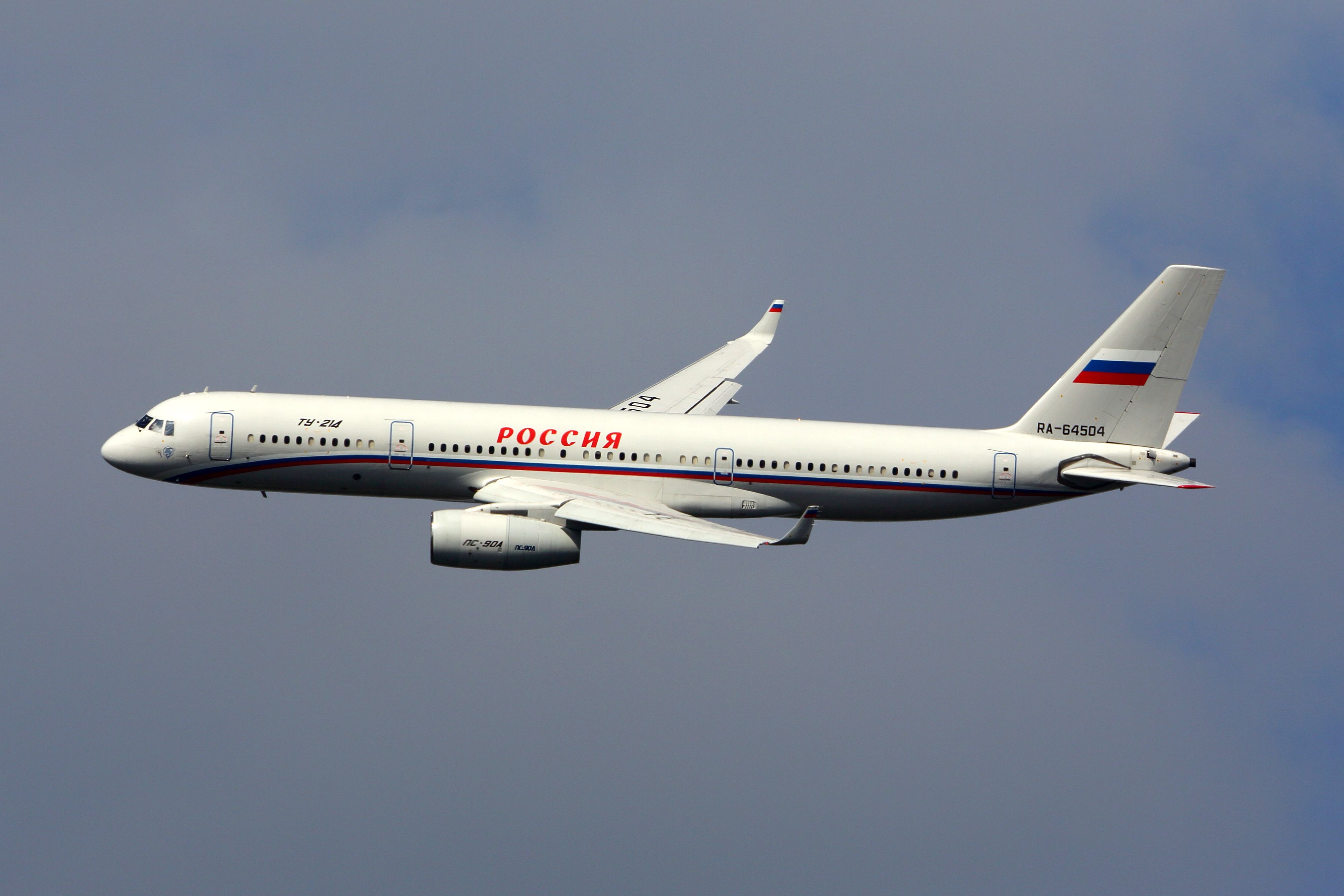Summary
- Aeroflot plans to acquire 40 Tu-214s by 2030, among other Russian-origin jets, as it expands its fleet.
- The Tu-214 is designed as a counterpart to the Boeing 757 and has a history of limited production and non-commercial use.
- Production of the Tu-214 has been low, but ongoing efforts are being made to russify the aircraft amidst sanctions.
Cut off from purchasing Western aircraft, Russia is now doubling down on reviving its domestic airliner industry. Among the aircraft that it plans to produce is the Tupolev Tu-204 (now Tu-214) – a medium-range narrow-body jet airliner first introduced in 1989 as the Soviet Union collapsed. Now, with upgrades and improvements, there are plans to produce dozens of them by 2030. The first Tu-214s were meant to be delivered in 2024, but that is likely to be delayed.
5
Aeroflot is ordering big
Aeroflot is planning to purchase a significant fleet of 40 Tu-214 by 2030
|
Aeroflot Tu-214s ordered: |
40 Tu-214s by end 2030 |
|---|---|
|
Total Tu-214 planned: |
70 Tu-214s over 6 years (starting 2022) |
|
Other Aeroflot orders: |
210 MC-21s, 89 Superjet 100s |
Aeroflot is Russia’s flag carrier and, by far, the country’s largest airline. While the bulk of its fleet consists of Western aircraft, Aeroflot plans to acquire hundreds of domestically produced Russian jets. According to its website, Aeroflot plans to purchase 339 Russian-origin aircraft, including 210 MC-21s, 89 SJ-100s, and 40 Tu-214s, by the end of 2030.
Photo: JetKat | Shutterstock
As of June 2024, Aeroflot does not operate any Tu-214 or any other Russian-produced aircraft. Aeroflot is also the main customer for the MC-21 now coming late and overweight. Currently, Aeroflot only operates a fleet of Western jets including Boeing 777s and 737s and Airbus A350s, A330s, A321/A321NEOs, and A320/A320NEOs. Its fleet includes 171 aircraft, of which 41 are wide-body and 130 are narrow-body medium-range aircraft.
4
Boeing 757 counterpart
Looking at revival, the Tu-204/214 is set to out live its Boeing 757 rival which ceased production in 2004.
|
Max passengers: |
240 |
|---|---|
|
Series: |
-100, -120, -300, TU-214 |
The Tupolev Tu-214 was designed to be a Soviet equivalent to the American Boeing 757. Since its first incarnation in 1989, the Tupolev Tu-214 has evolved over the years, and a large percentage of the aircraft built were not commercial airliners. Many of the Tu-214s flying today are special variants for the Russian military or government or are used to transport Russian officials. Few are used in a commercial transport role.
Photo: Telsek | Shutterstock.
The Boeing 757 first flew in 1982 and entered commercial service in 1983. Its production ran until 2004, after over a thousand aircraft had been produced. It was superseded by the Boeing 737. Notable airlines still operating the Boeing 757 include Delta Air Lines, FedEx Express, UPS Airlines, and United Airlines.
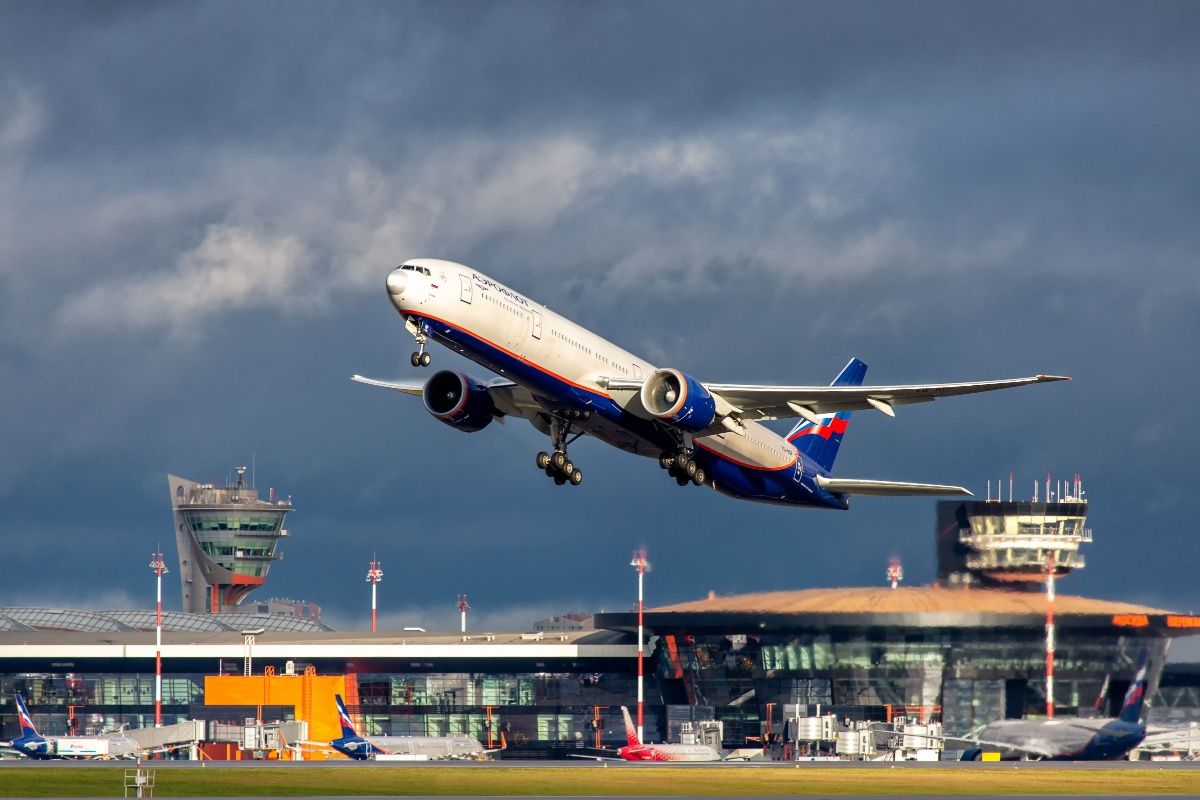
Related
Russia’s Seized Leased Jets: What’s The Latest?
The saga of foreign-owned, Russian-seized aircraft marches to a conclusion as more and more aircraft are bought out and re-registered to Russia.
3
Low production
Since 219, only three are known to have been produced, however, this may soon change.
|
Total production: |
85+ jets |
|---|---|
|
Peak production: |
2008 (10 jets) |
|
Current production: |
0 |
Production of the Tupolev Tu-214 has been low over the years. A total of more than 85 are believed to have been built. According to data compiled by rzjets and Planespotters.net, around 40 of them have been withdrawn from service, written off, broken up, or stored.
Photo: photomatika / Shutterstock
Five or fewer Tu-214s were produced annually in the 1990s and early 2000s until 2008, when production hit 10 aircraft. Production fell off again after that, with 0-3 jets produced annually between 2012 and 2024. The aircraft is currently undergoing a russification process as Western parts are replaced with domestic Russian-origin parts.
2
Tu-214 operators
At least 24 Tu-214 are operated today, mostly in connection with the Russian Government.
|
Government operators: |
FSB & Russian Air Force (8) |
|---|---|
|
Commercial operators: |
Red Wings & Rossiya (14) |
|
Factory: |
Tupolev (2) |
Today, the Tupolev Tu-214 appears to be mostly operated inside Russia by both commercial and government organizations. According to data from Planespotters.net, the Federal Security Service (FSB – formerly KGB) operates two, Red Wings operates one, Rossiya operates 13 aircraft, the Russian Air Force operates 6 aircraft, and Tupolev operates two aircraft. Other sources suggest more Tu-214/204s are in service with other operators including North Korea’s Air Koryo airline.
Photo: Art Konovalov | Shutterstock
Planespotters.net suggests a total of 24 Tu-214s are operational today. However, these are mostly not passenger jets. Some are special airborne command post variants, and others are communications relay versions. The aircraft operated by Rossiya is operated by the Special Flight Detachment, which is responsible for transporting Russian Federation officials.
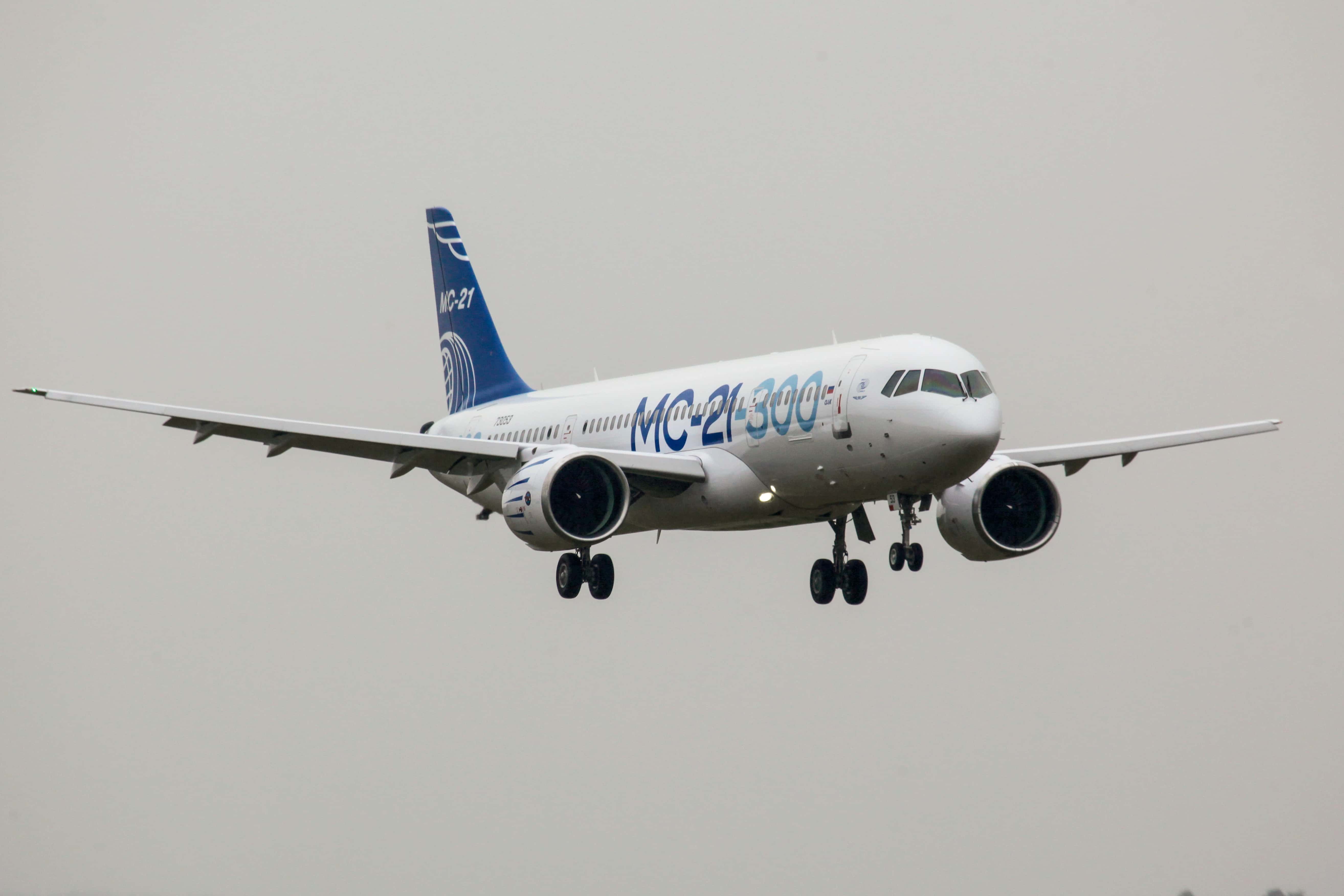
Related
Russian Twinjet: What’s The Latest With The Yakovlev MC-21?
The home-grown aircraft continues to be plagued by international sanctions against Russia.
1
Delayed by sanctions
Sanctions have delayed the production of the Tu-214, although it remains unclear by how much.
|
Initial planned delivery: |
deliveries from 2024 |
|---|---|
|
Current delivery date: |
perhaps 2025-2026 |
|
Russia’s target: |
1,000 domestic aircraft by 2030 (of all types) |
In 2022, AIN reported that Tu-214 production would be restarted, and the first aircraft would be delivered in 2024. Quoting Russia’s Rostec state corporation, AIN stated that Russia was planning to produce a total of 70 all-new Tupolev Tu-214 narrowbody airlines in six years. It also stated, “Work has already started at the Kazan Aviation Production Association (KAPO) on an initial batch of 20 airframes.”
Photo: Fasttailwind/Shutterstock
However, since 2022, it has become clear just how sanctions have hamstrung the Russian commercial aviation industry. All domestic production Russian aircraft (including the MC-21 and Superjet) have been essentially frozen as the country tries to refit the aircraft with Russian-produced parts. The Russian newspaper Kommersant reported all Russian domestic aircraft deliveries have been pushed back to at least 2025-2026.

